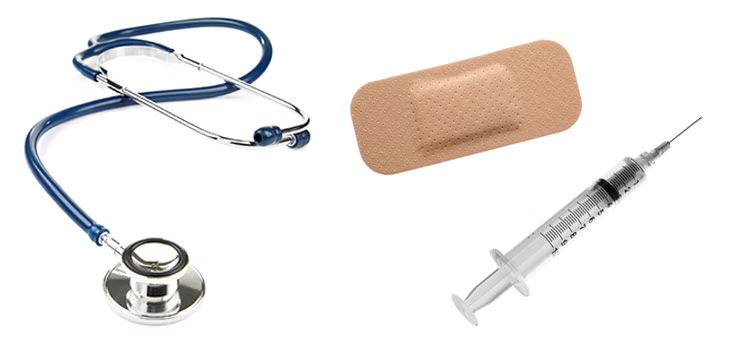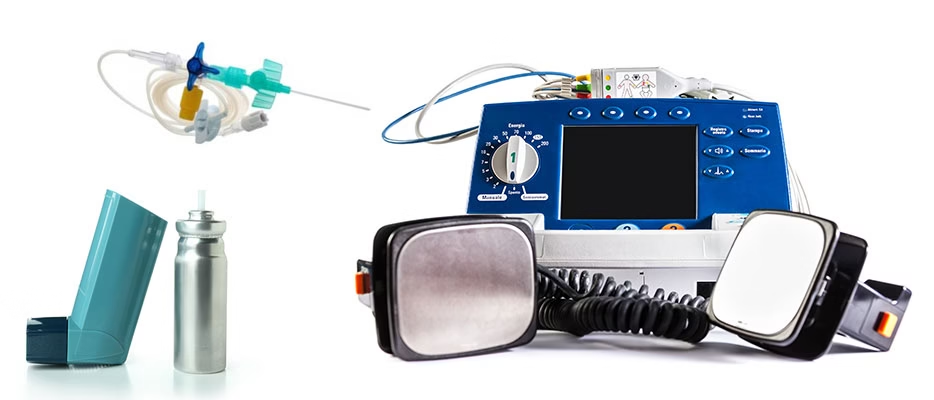Regulatory Strategy for Medical Devices and IVDs
A regulatory strategy sets the game plan for ensuring compliance with regulatory requirements—whether for the EU, US, or any other regions.
It defines how your device will meet applicable regulations and standards. While the strategy evolves over time, our team supports you from the start with defining intended purpose, product qualification, risk classification, and identifying relevant standards and regulatory interpretations. .
A robust regulatory strategy is essential for navigating the specific demands of the EU MDR 2017/745 and IVDR 2017/746. These frameworks impose detailed and evolving requirements on all aspects of medical device and IVD development, from initial concept to post-market surveillance.

Intended purpose and Classification
A successful regulatory strategy shall begin with a clear definition of the intended purpose and proper classification of your product—crucial steps, as both the MDR and IVDR base their requirements on risk classes.
This process includes determining whether your product qualifies as a medical device or IVD, and then identifying its classification (e.g., Class I, IIa, IIb, or III for medical devices; Class A, B, C, or D for IVDs). Each class comes with distinct conformity assessment routes and evidence thresholds.

Medical Device class I

Medical Device class II

Medical Device class III
Quality Management System (QMS)
The regulations demand that manufacturers establish and maintain a comprehensive Quality Management System (QMS), typically in accordance with ISO 13485, demonstrating ongoing control over all processes. Your regulatory strategy must address generation of sufficient clinical evidence or performance evaluation data—MDR requires robust clinical data to demonstrate safety and performance, while IVDR emphasizes scientific validity, analytical, and clinical performance for IVDs. Both MDR and IVDR place significant emphasis on risk management throughout the entire product lifecycle, requiring systematic identification, evaluation, and mitigation of risks in compliance with ISO 14971.
Labeling and documentation
Labeling and documentation are also central: a regulatory strategy should detail how you will develop, update, and maintain technical documentation, ensuring traceability and transparency. Both MDR and IVDR have strict requirements for the content and ongoing maintenance of technical files, including detailed design dossiers, labeling, instructions for use, and Post-Market Surveillance (PMS) plans.
Post market activities
Post-market requirements are substantial. The regulatory strategy should encompass a proactive approach to PMS and vigilance, defining how you will monitor product performance, collect and evaluate real-world data, and report incidents or field safety corrective actions. This includes establishing procedures for updating clinical evaluations and risk management files as new information arises.
Notified Bodies and competent authorities
Finally, the plan must ensure readiness for interactions with Notified Bodies and competent authorities—anticipating questions, submissions, audits, and regulatory updates. The MDR and IVDR expect continuous alignment with evolving standards, guidance documents, and best practices. By embedding these regulatory requirements into your business strategy, you set a clear path toward compliance, smoother market access, and long-term product success.